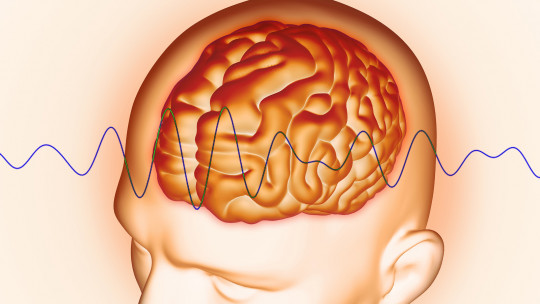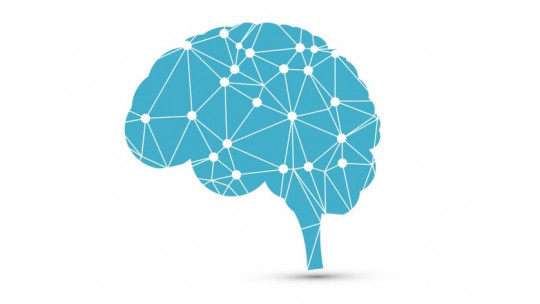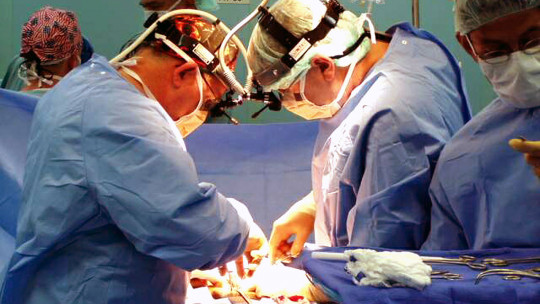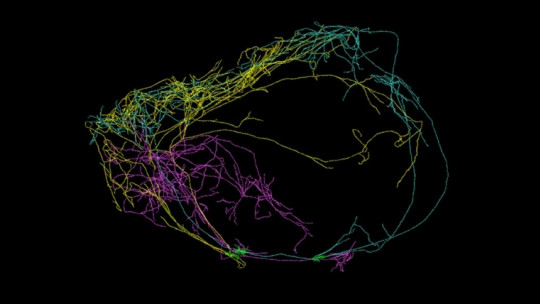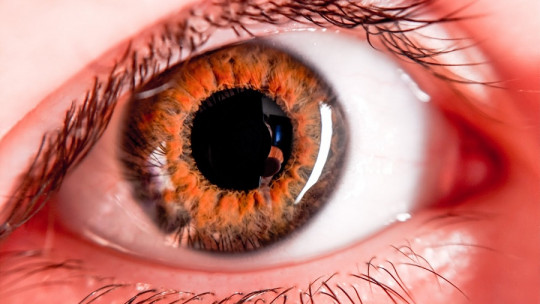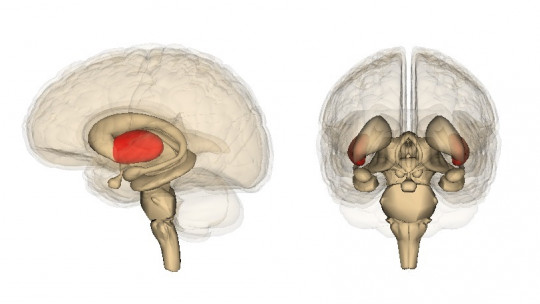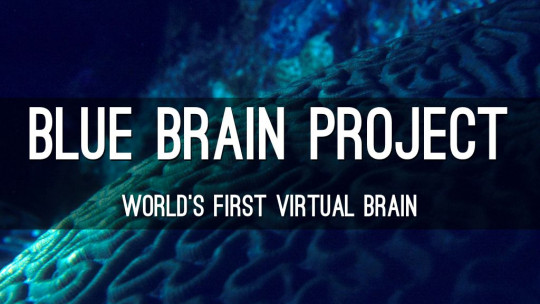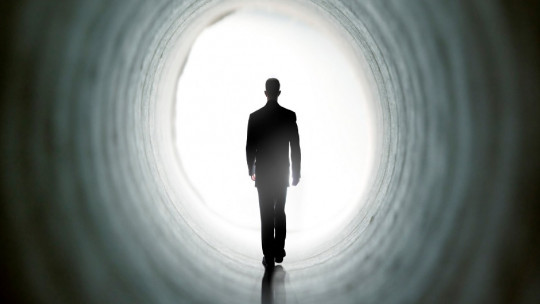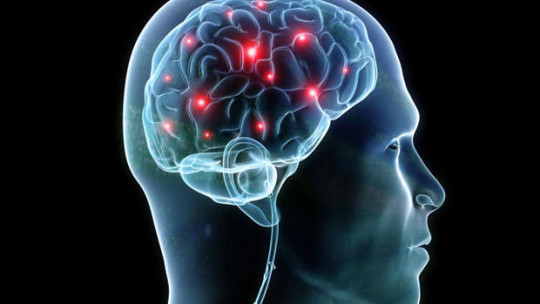
New studies carried out at George Washington University (DC) have recently managed to access the switch that allows you to activate and deactivate the state of consciousness of a woman with episodes of eplepsy. This has been possible by stimulating a brain area with electrical impulses.
Turning consciousness on and off: new studies
The conclusions of the research indicate that it is highly probable that consciousness is the product of the integration of activities of the different brain areas, the result of the combination of all perceptual stimuli in a single experience.
Years ago, the British researcher Francis Crick argued that the brain area known as cloister could be the epicenter of consciousness integrating all the information that the various neural networks send uninterruptedly.
Stimulation in some areas of the brain
The new research provides new evidence that Crick’s hypothesis could be true. The study reached this conclusion through stimulation tests of different regions of the brain of an epilepsy patient and monitoring the resulting activity to determine the epicenter of the seizures.
It was reported that electrical stimulation (an electrode located in the right cloister and the anterior cingulate cortex) caused the patient to go from conscious to unconscious. His motor activity was interrupted, his breathing slowed, and he did not respond to the doctors’ questions The moment the researchers stopped the electrical stimulation, the woman regained consciousness and remembered nothing of what happened.
The key is in the cloister
The research, published in Epilepsy & Behaviordemonstrated that although consciousness is a complex process in which different structures, regions and networks intervene, the faculty could be in charge of centralizing the product, and therefore the cerebral switch of consciousness would be found in this
The study has only been carried out so far on a single person, and it will be necessary to verify the results with a larger sample to confirm the relevance of this discovery. If so, it could mark a before and after in the understanding of the functioning of human consciousness.

